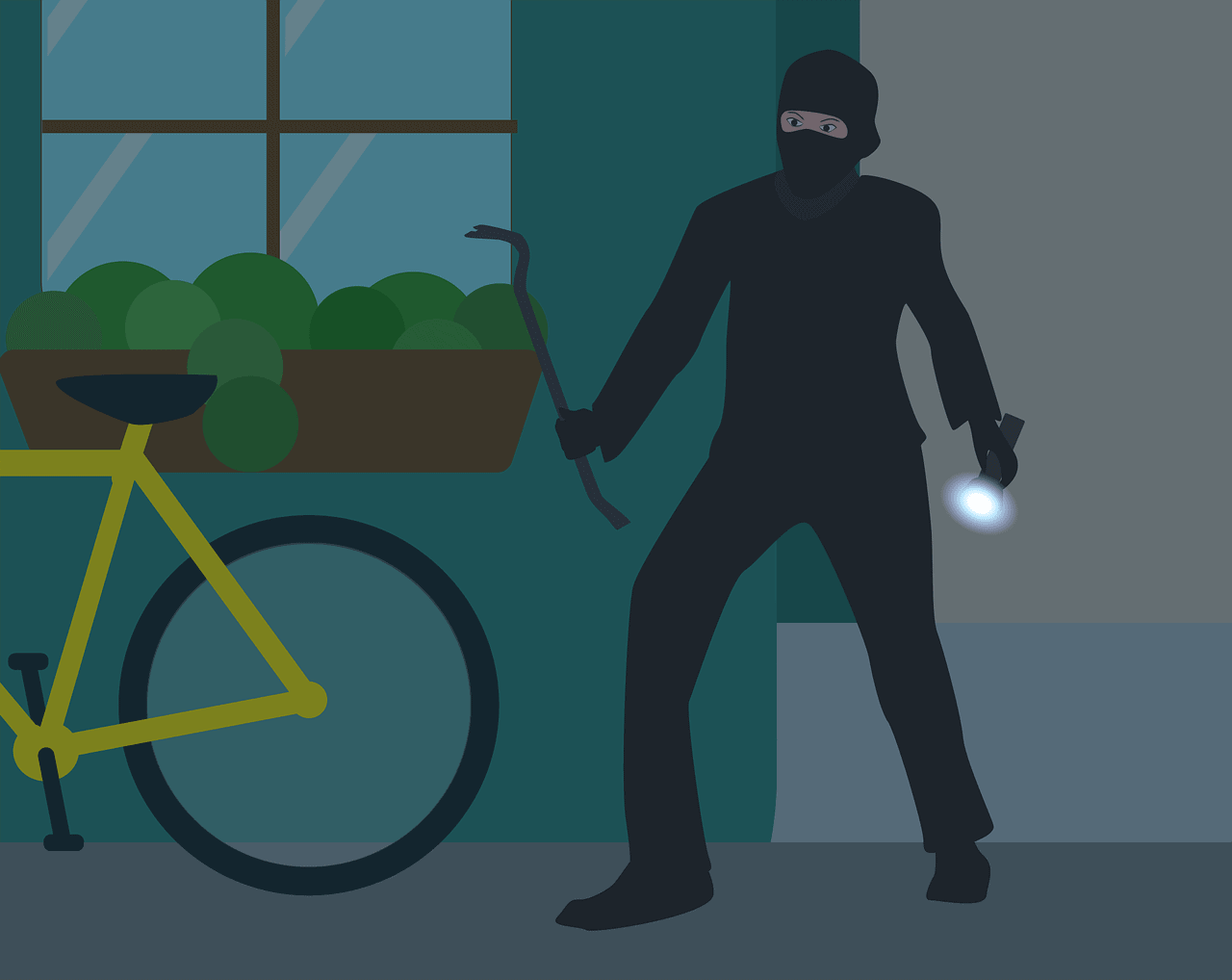Window Safety: Things Burglars Know, And You Should Too
May 20, 2021

Even if you have a security system, chances are, you’re very prudent about making sure your front door is locked at night and when you leave your home because an unlocked door is just asking for burglars, right? But are you as diligent about locking and securing your windows?
Statistics show that a surprising 30% of burglars enter homes through an unlocked window or door, and 23% of burglars enter a property through first-floor windows.
If knowing these statistics is enough to make you question the safety and security of your windows, keep reading for some expert advice for how to better protect yourself and your home from intruders and burglaries.
The first and easiest option for deterring intruders and securing entries to your home is by installing locks on your windows. There are a few different types of window locks with their own locking mechanisms and cater to different styles of windows. Some types include:
- Pin locks
-
-
- When engaged, pin locks prevent your windows from being lifted from the outside or inside. This type of lock is particularly useful for ground floor windows.
-
- Sash locks
-
-
- Typically used for double-hung windows (ones that open from the top and bottom), sash locks allow you to open the window and lock it in place. These are a great option for people who like to keep their windows cracked open while they sleep, but don’t want to risk a potential intruder being able to easily enter.
-
- Hinged wedge locks
-
-
- This type of lock is used specifically for double-hung windows and makes it so that the window cannot be opened. If you want to be able to open the window partially, you can install the lock higher up on the window frame and decide the amount you want to be able to open the window.
-
Even if you already have an alarm system for your home, you should consider investing in an outdoor security system or install equipment that will deter intruders.
-
Motion-sensing lights
-
- These illuminate when they sense motion within a predetermined range. Installing lights like these immediately deter burglars because they essentially shine a spotlight onto any nefarious character lurking around your home, thus exposing them and compromising their cover of darkness.
-
- Security cameras
-
-
- Security cameras are a great option if you’ve been having suspicions about potential burglary threats or have heard disconcerting noises outside your home. Because you can personally decide where you want to place them, security cameras allow you to keep an eye on the parts outside your home that see less foot traffic or could be prime break-in targets.
-
If the thought of a potential intruder smashing your windows and leaving dangerous shards of broken glass everywhere causes you great anxiety, you might want to consider replacing your window’s glass. Typical window glass is annealed glass, which only cooled once after it has been shaped.
- Tempered glass
-
-
- Tempered glass is 4 times stronger than annealed glass and, if broken, crumbles rather than shattering.
-
- Plexiglass
-
-
- While glass is in its name, plexiglass is actually made of acrylic, but looks remarkably similar to regular glass. Plexiglass is about 10 times stronger than annealed glass and is impact resistant, making it a great option for discouraging burglars.
-
- Polycarbonate windows
-
-
- Polycarbonate is even stronger than plexiglass and would be a great, strategic choice for windows that seem particularly vulnerable to break-ins. Because of their high price point, it isn’t the most cost-effective solution for all windows, but using it for one or two specific windows could be well worth the money if it means thwarting burglars.
-
Call Us Any Time!
Wondering if you should change your locks after a cleaner or repairman visits? Learn when rekeying is necessary, security risks to watch for, and expert guidance from Brothers Locksmith.
Worried your home may be targeted for a break-in? Learn the top warning signs burglars look for, how to spot suspicious activity early, and smart ways to secure your property. Get expert tips from professional locksmiths to stay protected before trouble happens.







